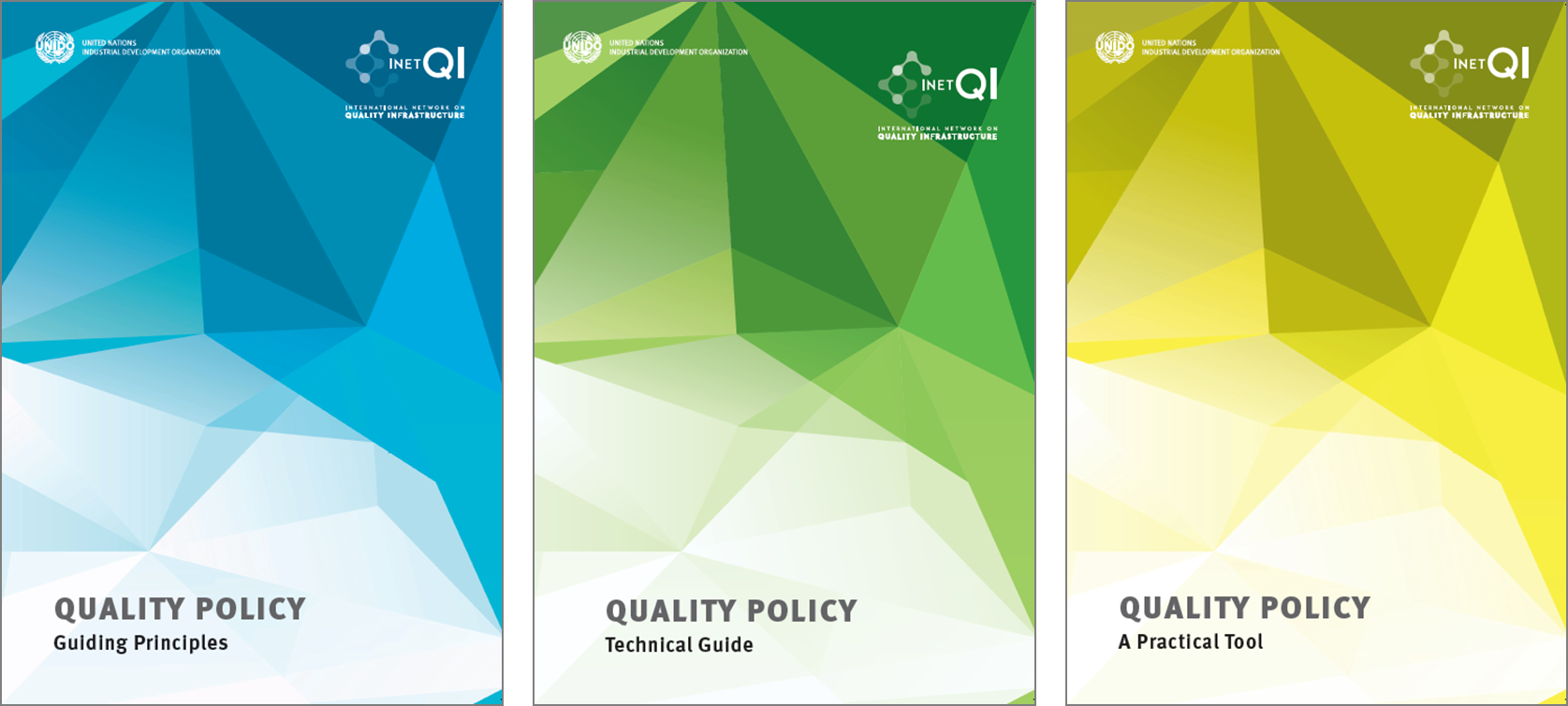As the globalization of the markets continues its relentless pace and as it is shaped by technological developments, more and more governments are carefully reconsidering the overall arrangement of their national quality infrastructure in order to improve their trade performance and country development. To successfully access the global marketplace and be able to compete internationally, producers from developing countries need to provide verifiable evidence that their products and services are safe and compliant with technical regulatory requirements and international standards. Only then can these products be exported to foreign markets. The means of rectifying this situation involves the creation of an efficient infrastructure to satisfy the demands and requirements of globalization and the multilateral trading system. The challenge therefore is to achieve such objectives within a framework of good governance that promotes transparency when instituting requirements, eliminates discrimination against producers, and prohibits the introduction of unnecessary safety or deceptive practices.
Many countries have identified the need to re-engineer their quality infrastructure system not only to effectively connect with international trading regimes, but also to address economic, environment and social challenges. This, in turn, stimulates industrial development, trade competitiveness, innovation and efficient use of resources, while ensuring food safety and protecting human health and the environment. There is therefore a corresponding drive to create a more robust, adaptive, cost-effective, user-friendly and sustainable quality infrastructure system that provides access to appropriate standardization, metrology, accreditation, conformity assessment, and market surveillance capability and capacity, along with attendant education and promotional programmes.
One of the basic cornerstones for ensuring good governance of the quality infrastructure is the quality policy. Quality policies are a means to reform, consolidate, refine, and maintain an effective and efficient quality infrastructure. Quality policy is often rightly seen as part of a wider development strategy.
Based on UNIDO’s experience in the development of 26 national and three regional policies, and in assisting developing countries and countries in transition to create an inclusive and sustainable quality policy, UNIDO, in collaboration with its technical partners of the International Network on Quality Infrastructure (INetQI), has developed a set of guiding documents for quality policy development. This set of documents aims at supporting quality infrastructure practitioners and policy makers to design and develop robust, holistic, and demand-driven quality infrastructure systems.

The Quality Policy Guiding Principles: a set of experience-based key principles (ownership, inclusiveness, coherence, optimization and sustainability) to help policymakers identify holistic and needs-driven solutions to facilitate integration into global markets. Each country, based on its context and specific needs, can adapt these principles to create an effective quality policy and quality infrastructure
The Quality Policy Technical Guide: this publication outlines the elements of a viable quality infrastructure system and explains how a quality policy is linked to various other policies. Governments can use it as a “good practice” reference when developing a quality policy
The Quality Policy Practical Tool: this tool offers a step-by-step approach and outlines the process of quality policy development, which should result in an inclusive, open, transparent and well-managed process
This training is based on these three documents and provides the reader with guidance on how to use the tools to develop/consolidate a solid quality policy.
Module 1 : Pre-training introduction
The content of the training is based on the three following UNIDO publications on Quality Policy, and also refers to other training materials developed by UNIDO:
- Quality Policy – Guiding principles
- Quality Policy – Technical guide
- Quality Policy – A practical tool
Module 2: What is a QIS and what are its various components?
The purpose of this module is to provide an overview of the elements and processes of a quality infrastructure system (QIS).
Module 3: Quality Policy (QP) - Guiding Principles
The purpose of this module is to provide an overview of the principles than underpin the development of a Quality Policy (QP). It is based on the UNIDO Publication “Quality Policy – Guiding Principles”.
Module 4: Technical Guide
While the Quality Policy-Guiding Principles publication covered in module 3 specifies the underlying elements for effective QP development, this Technical Guide is designed as a reference document to assist government officials and private sector counterparts wishing to develop a QP in a way that stimulates national, regional and international trade.
Module 5: Practical Tool
The document provides a step-by-step approach for countries to develop (or improve) their QPs in a way that is participative and lasting.
Module 6: Performance indicators for QP implementation
The purpose of this module is thus to provide a set of possible performance indicators to monitor the effective implementation of the Quality Policy (QP). By the end of this module you will be able to:
- To understand the types of key performance indicators used to measure progress in the implementation of the QP
- To understand how the indicators can provide feedback to the entity/council tasked with implementing the QP
- To understand how to set achievable target levels for indicators in order to determine if QP implementation is satisfactory
CASE STUDY
This is a fictional case study which aims to provide participants with a practical understanding of the content described in previous modules.
